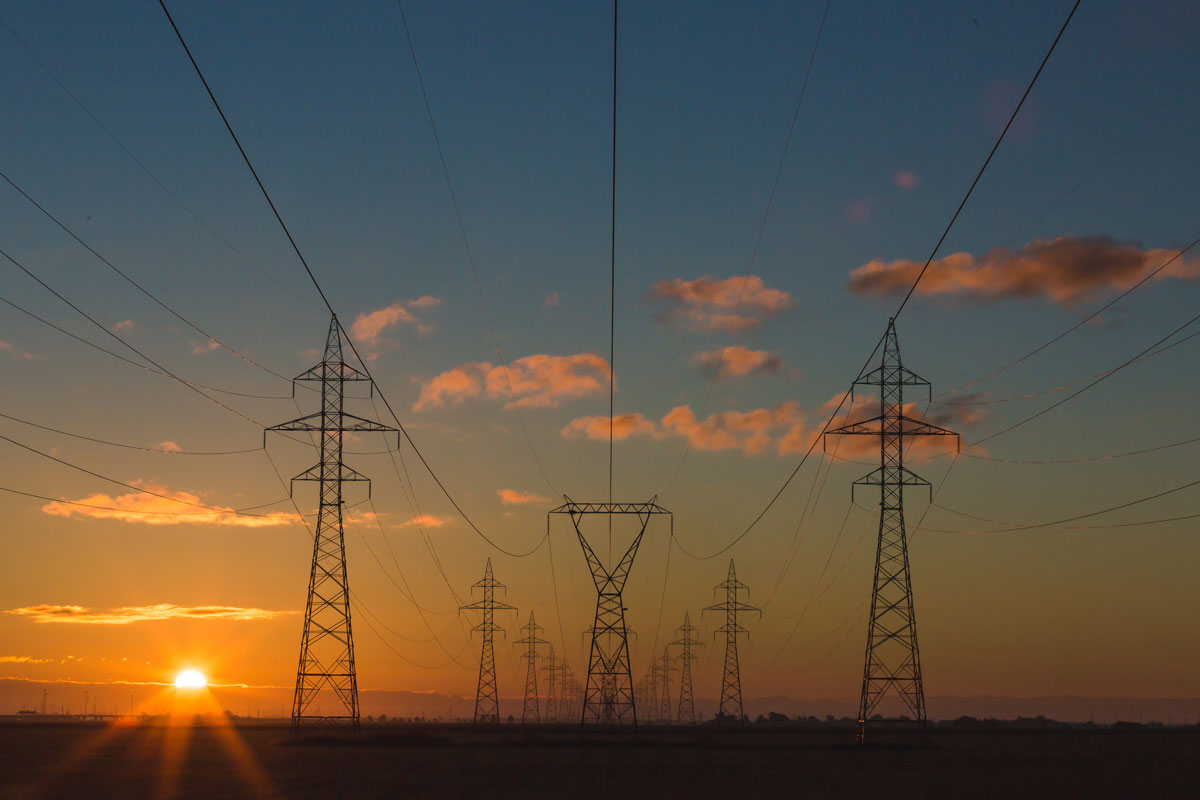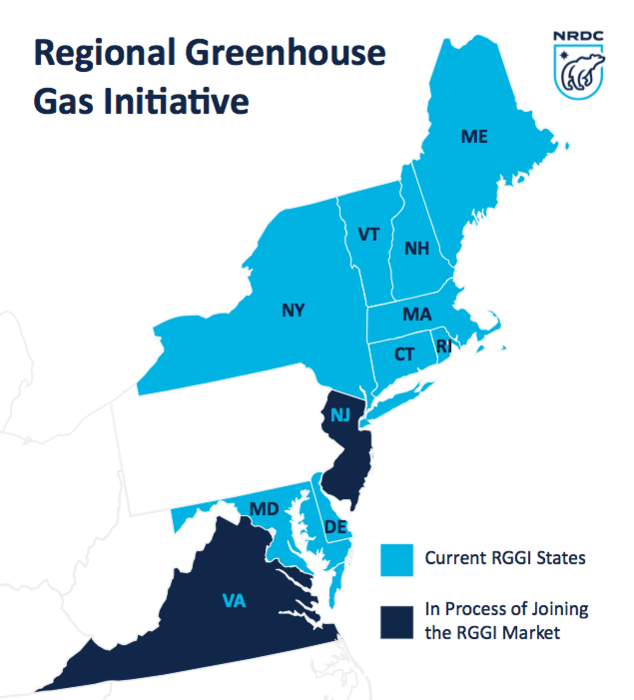
Governor Wolf Signs Executive Order to Reduce Greenhouse Gas Emissions in PA
Pennsylvania would join 9 States in RGGI, an effort to reduce Greenhouse Gas Emissions in a cap-and-trade system.
If you previously looked at a map of states participating in the Regional Greenhouse Gas Initiative (RGGI), you’d see a gaping hole in the center where Pennsylvania exists. On Friday, Governor Tom Wolf took an executive action instructing the PA Department of Environmental protection (DEP) to join RGGI.

TL: DR: What It Means For Governor Wolf to Direct PA to Join RGGI
Connecticut, Delaware, Marine, Maryland, Massachusetts, New Hampshire, New York, Rhode Island, and Vermont are part of RGGI, a regional cap-and-trade program for CO2 emissions.
The RGGI Cap and trades work like this: the states set a limit on total CO2 emissions from electric power generators in their states (I.e. the cap). Power plants must purchase a credit or allowance for each ton of CO2 they emit, which are held during quarterly RGGI auctions. Proceeds from these auctions are then allocated back to the participating states, in proportion to the amount of carbon subject to regulation in each state. The most recent RGGI auction held September 4th resulted in an allowance price of $5.20 per ton.
“Given the urgency of the climate crisis facing Pennsylvania and the entire planet, the commonwealth must continue to take concrete, economically sound and immediate steps to reduce emissions. Joining RGGI will give us that opportunity to better protect the health and safety of our citizens.”
Governor Tom Wolf
According to a press release, joining RGGI will reduce greenhouse gas emissions and combat climate change while “generating economic growth.” States involved in RGGI have reduced power sector CO2 pollution by 45 percent since 2005, while the region’s per-capita GDP has continued to grow.
PA’s Battle: Fossil Fuel Production VS Slashing Emissions
Pennsylvania is the second-largest natural gas producer (behind Texas) and number three in coal (after Wyoming and West Virginia) in the US. Writers have noted that Wolf is friendly to the fossil fuel industry while dedicating more environmental controls over his Republican predecessor, Tom Corbett. However, there has been an expansion of fracking, new network of pipelines and constructions of a major plastics facility in PA since Wolf took office.
The Wolf administration has prioritized climate change emissions as part of combatting climate change, signing an executive order in January to set Pennsylvania’s first statewide climate goals, aiming to reduce greenhouse gas emissions by 26 percent by 2025 and by 80 percent by 2050, compared to 2005 levels. The order states that over the past 100 years, Pennsylvania has undergone long-term warming of 1.8 degrees and annual precipitation has increased by approx. 10%. 2018 was PA’s wettest year on record, costing residents $144 million in damages, and the state $125 million in road and bridge damages.
The executive action has a few more steps before its implemented: DEP will draft a regulation to present before the Environmental Quality Board, and a public comment period will follow, and the DEP DEP will conduct outreach to the business community, energy producers, and labor and environmental stakeholders. If Wolf’s plan to join RGGI is successful, Pennsylvania would be the first major fossil fuel state to adopt a carbon pricing policy.
Cover Photo by Matthew Henry on Unsplash








